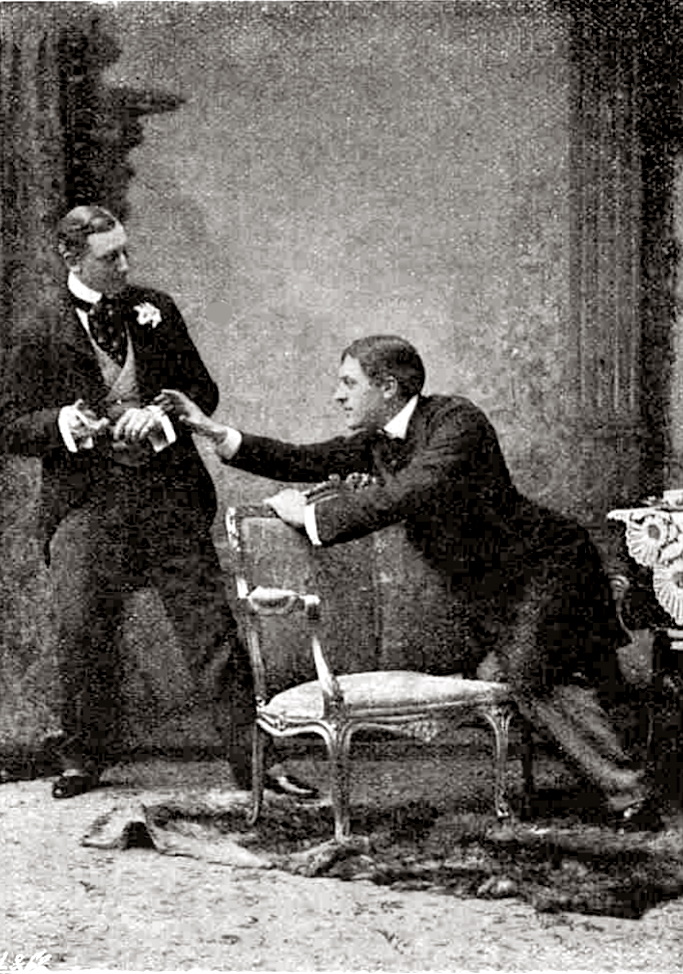According to research conducted among 383 UK lawyers between 7 October and 4 November 2013, of which 57% were male, female lawyers practising in the UK are paid £45,884 less per year than their male counterparts.
The report, which took in both in-house and private practice lawyers, found that men received total remuneration of £160,009 in 2013, compared with £114,125 for women. That's a gap of 29%. The report states that this gap has narrowed by 3% over the past year, from its previous figure of 32%. During this period, men have seen a fall in total remuneration of £2,700 from £162,689, while women have seen a £2,800 rise in total pay from £111,293 seen in 2012.
The pay gap applies to salaries and bonuses
Laurence Simons' report points out that the current gap is evident across both bonuses and salaries. Female lawyers received an average basic salary of £93,248 in 2013, compared to £120,458 for men. In terms of bonuses women received an average of £20,877 in 2013, while men received almost 50% more at £39,551 on average.
The statistics make for intriguing reading - but so too does another facet of the report. It emerges that despite the pay imbalance, satisfaction is almost equal between the genders with 65% of female lawyers stating that they were either 'satisfied' or 'highly satisfied' with the bonus received - only marginally lower than the 66% of men who agreed with this.
For Chris Cayley, EMEA Managing Director of Laurence Simons, there is reason to be cheerful given the results of his company's report. "It is very encouraging that headway is being made to redress the imbalance in pay between the genders," says Cayley. "The UK is, of course, one of the legal centres for legal services globally and it is essential that this disparity in pay is resolved if we are to attract and retain the cream of legal talent."
A pay gap between sexes is baffling
I agree - to a point. I'd say that it is encouraging rather than very encouraging to see the pay gap between sexes diminish. But, in truth, that there is a pay gap at all remains baffling. We live and work in the early 21st century. We live in an enlightened society which rightly does not question equal rights and, indeed, protects them on the statute books. Why, then, is there any kind of pay gap? How on earth can it be justified?
No less intriguingly, Laurence Simons' report also reveals that female lawyers feel more secure in their jobs, at 96%, compared with 86% of males. Against this, slightly more men than women are optimistic about the economy over the coming year (67% of men compared with 60% of women). Overall, optimism is high.
That's good - but how optimistic can we be that next year's report by Laurence Simons will reveal that the pay gap between men and women has shrunk to invisibility? This dismaying truth is 'not very'.
But this is what we should all be aiming for. The glass ceiling has no place in law firms - and no place in society as a whole.


